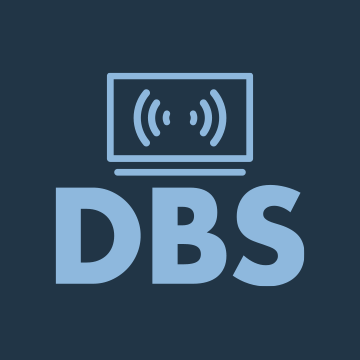I might agree about the TiVo System Information and Diagnostics screens, they're a bit crude, but the low-rez cableCARD screens themselves show the exact states of variables pulled directly from the card. Alas nevermind though, I thought the state of the Network Setup/2-Way variable might offer a clue but I just found some old pics from 2022 where my card's Network Setup/2-Way variable was also Unknown back then, way before there was an HSC.
I'm sure your HSC must have been provisioned correctly for it to work as a simple tuning resolver before they turned off the legacy OOB causing your Motorola cablecard to stop working.
Paraphrasing the Moto/Arris overview in
Keith Perry's article, a second important function of the HSC when used in Moto systems is to talk back to the headend's DAC and fool it into thinking the Moto MCard is 2-way. He details how the HSC sends the messages upstream to the DAC and handshakes with it but the HSC has to be a "configured device type on the DAC" for it to all work. It's finally settling in on me that enabling 2-Way addressability must mean configuring the HSC as a 2-Way device like he's talking about, plus after reading that part of his article yet again it's it's sounding like this HSC device type definition is actually a setting in the upstream DAC config rather than something residing in the residential CC or HSC. I suspect that your HSC could have been sending communications back upstream all along from the start but the misconfigured DAC was just ignoring it until belatedly being told to listen up.
But I totally agree with you that for the purposes of the OP keeping it simple with a tech the phrase about turning on "
two-way addressability" conveys in a nutshell what a Spectrum tech needs to hear. That's what he should say and hopefully the tech can make that happen or kick it up to level 2 if necessary.




